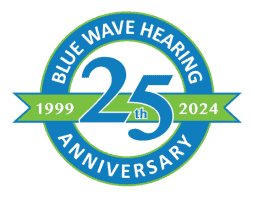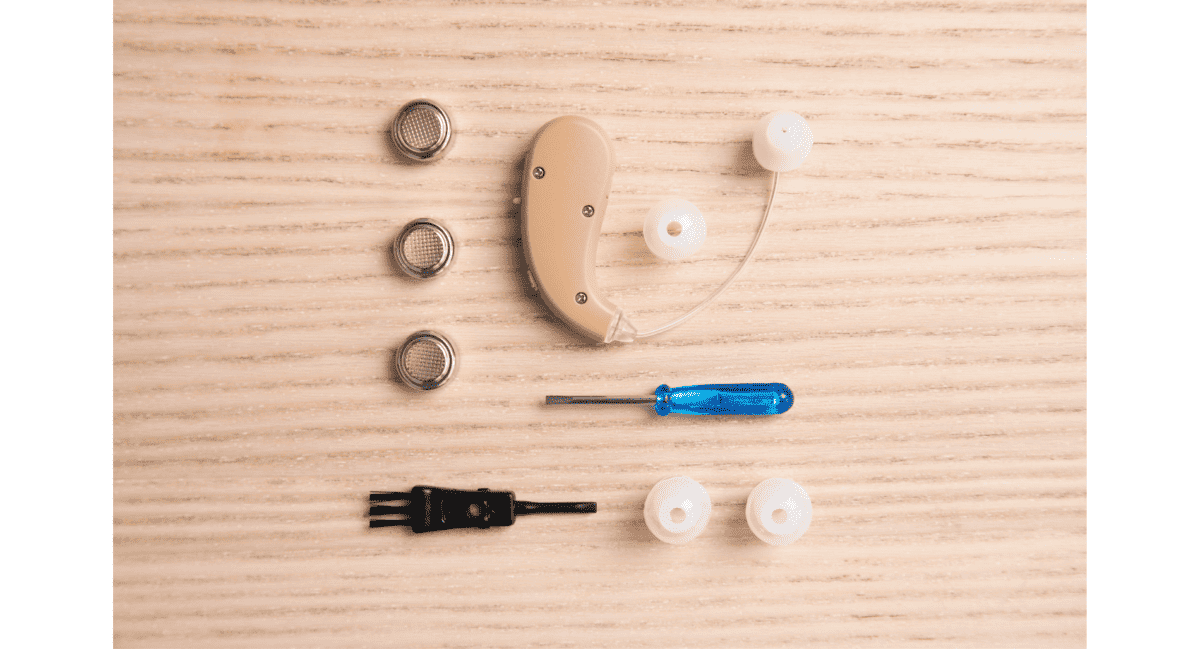- Alcohol and Hearing Health - April 9, 2025
- How Smoking Can Harm Your Ears - March 11, 2025
- Succeeding in the Workplace with Hearing Aids - February 10, 2025
Hearing aids are invaluable tools that help millions of people worldwide reconnect with the sounds of life. However, just like any other technology, hearing aids can become outdated or less effective over time. If you’ve been wearing the same hearing aids for several years, you may be wondering if it’s time for an upgrade. Here are some signs to help you recognize when it’s time to consider updating your hearing aids.
Decreased Performance
If you’ve noticed a decline in the performance of your hearing aids, such as decreased sound clarity or difficulty understanding speech, it may be a sign that your devices are no longer meeting your hearing needs. As hearing aid technology continues to advance, newer models offer improved sound quality and speech recognition capabilities that can significantly enhance your listening experience.
Changes in Lifestyle or Hearing Needs
Life is constantly evolving, and so are your hearing needs. If you’ve experienced changes in your lifestyle, such as retiring or pursuing new hobbies, your current hearing aids may not be equipped to support your evolving hearing requirements. Consider upgrading to hearing aids with features tailored to your lifestyle, such as Bluetooth connectivity for streaming audio or rechargeable batteries for added convenience.
Physical Wear and Tear
Over time, daily wear and tear can take a toll on your hearing aids, causing them to malfunction or become less reliable. If you’ve noticed signs of physical damage, such as cracks, scratches, or loose components, it’s a clear indication that it’s time to invest in a new pair of hearing aids. Not only will this ensure optimal performance, but it will also prevent potential safety hazards.
Outdated Technology
Hearing aid technology is constantly evolving, with innovations and advancements being introduced regularly. If your current hearing aids are several years old, they may lack the latest features and capabilities found in newer models. Upgrading to modern hearing aids can provide access to cutting-edge technologies, such as noise reduction algorithms, directional microphones, and artificial intelligence, which can significantly improve your listening experience.
Changes in Hearing Prescription
Just as your vision can change over time, so can your hearing. If you’ve experienced changes in your hearing prescription, such as an increase in hearing loss or changes in frequency sensitivity, your current hearing aids may no longer be providing adequate amplification. Schedule a hearing evaluation with a qualified professional to assess your hearing needs and determine if an upgrade is warranted.
Desire for Enhanced Comfort or Aesthetics
Comfort and aesthetics are important considerations when it comes to wearing hearing aids. If you find that your current devices are uncomfortable to wear for extended periods or if you’re unhappy with their appearance, it may be time to explore alternative options. Many newer hearing aids feature sleeker designs, customizable fit options, and advanced comfort features to ensure a comfortable and discreet fit.
In conclusion, recognizing when it’s time to upgrade your hearing aids is essential for maintaining optimal hearing health and quality of life. If you’ve experienced decreased performance, changes in lifestyle or hearing needs, physical wear and tear, outdated technology, changes in your hearing prescription, or a desire for enhanced comfort or aesthetics, it may be time to consider investing in new hearing aids. Consult with a qualified hearing care professional to explore your options and find the best solution to meet your hearing needs.


